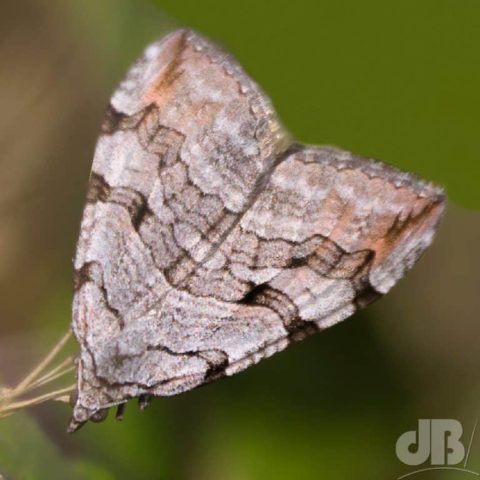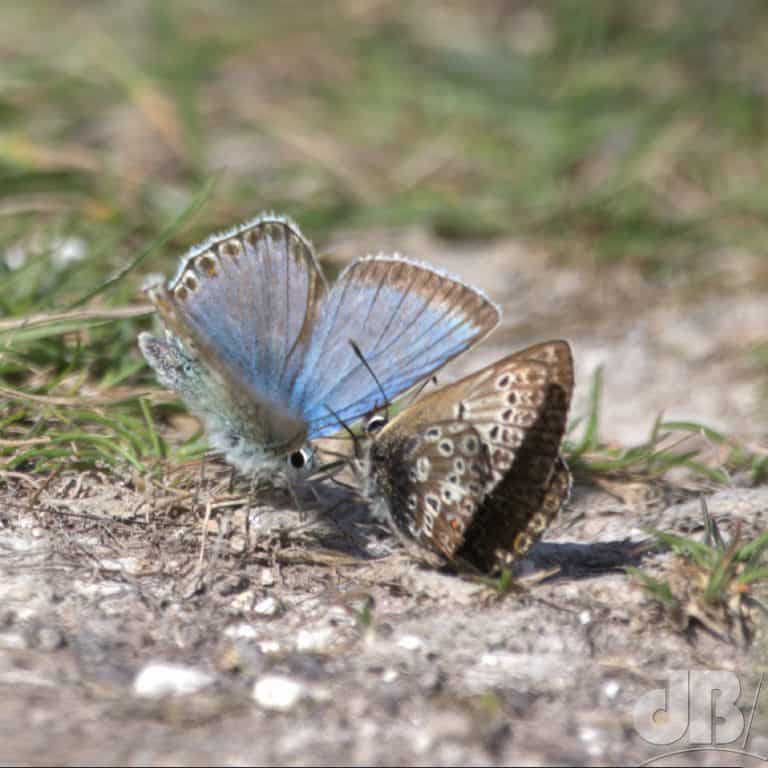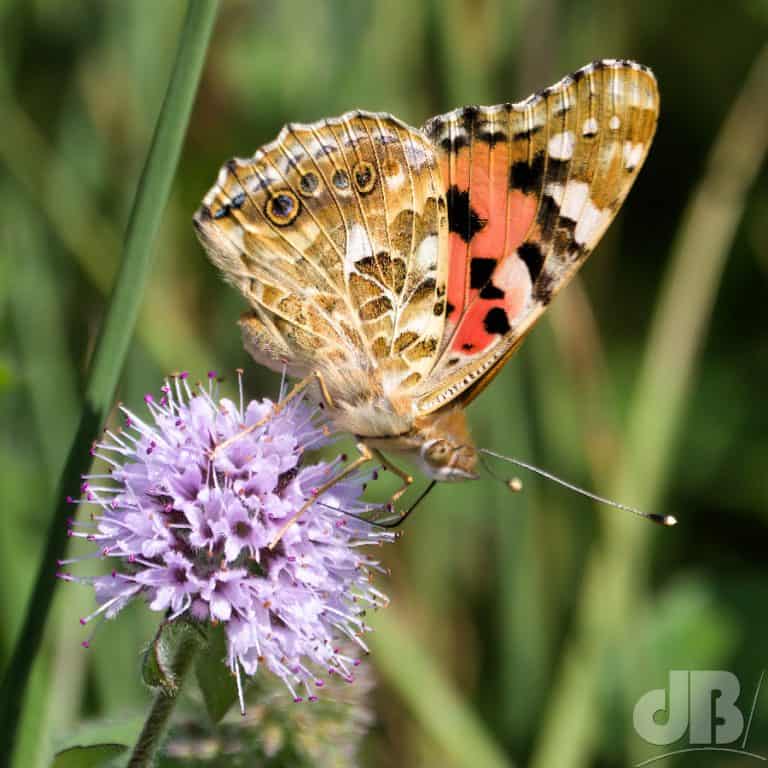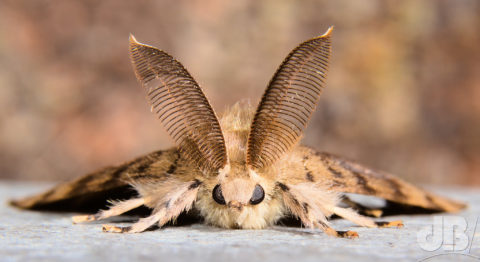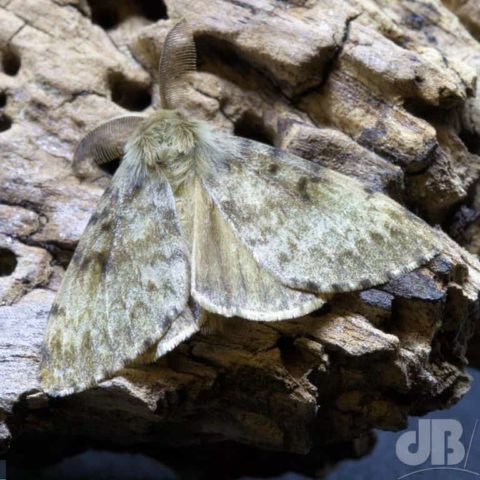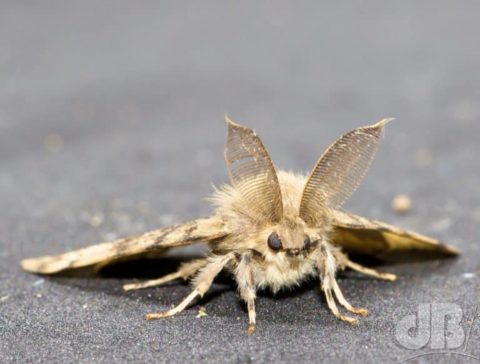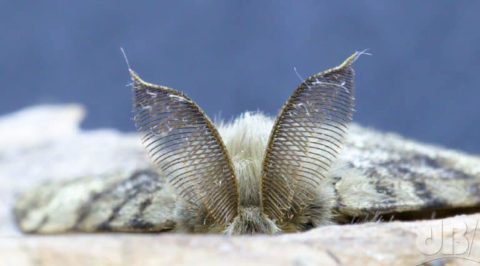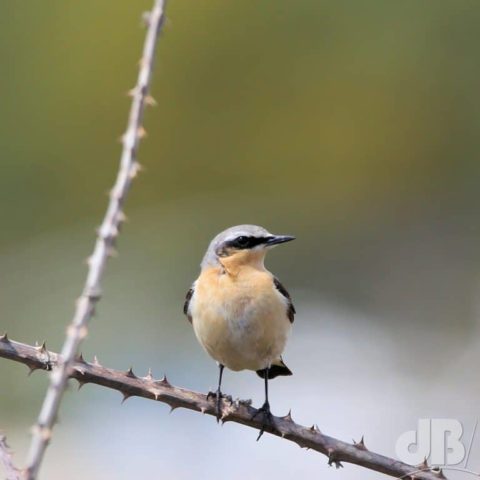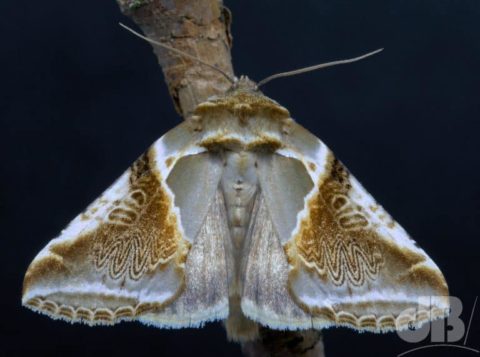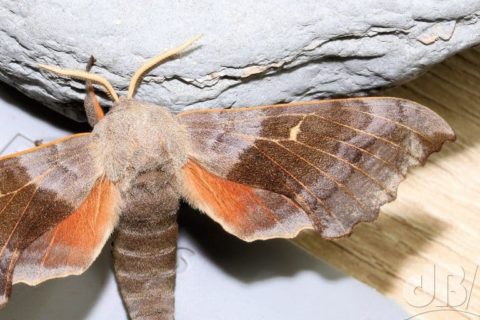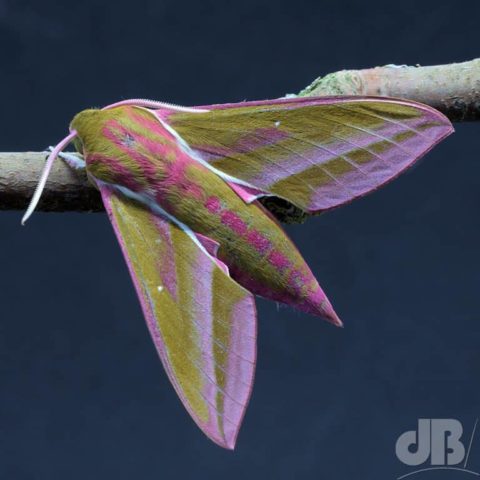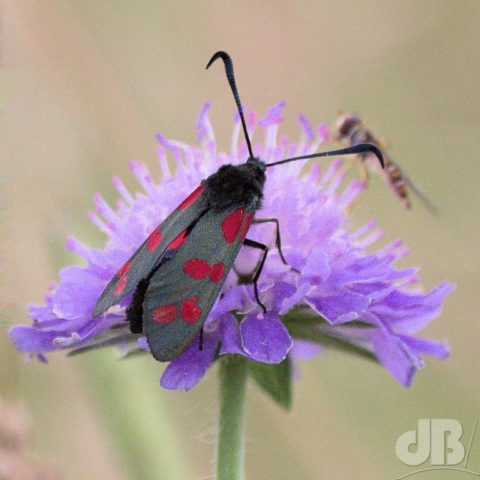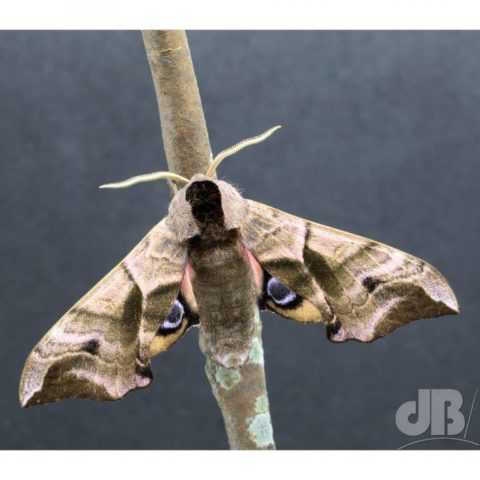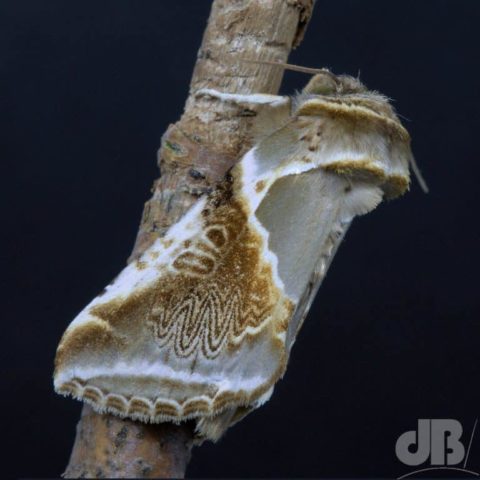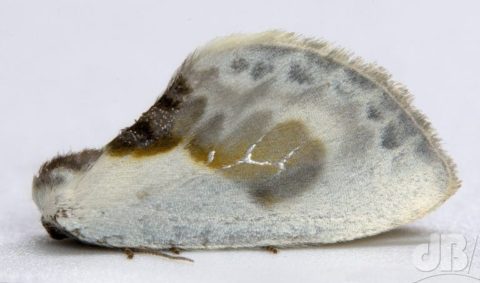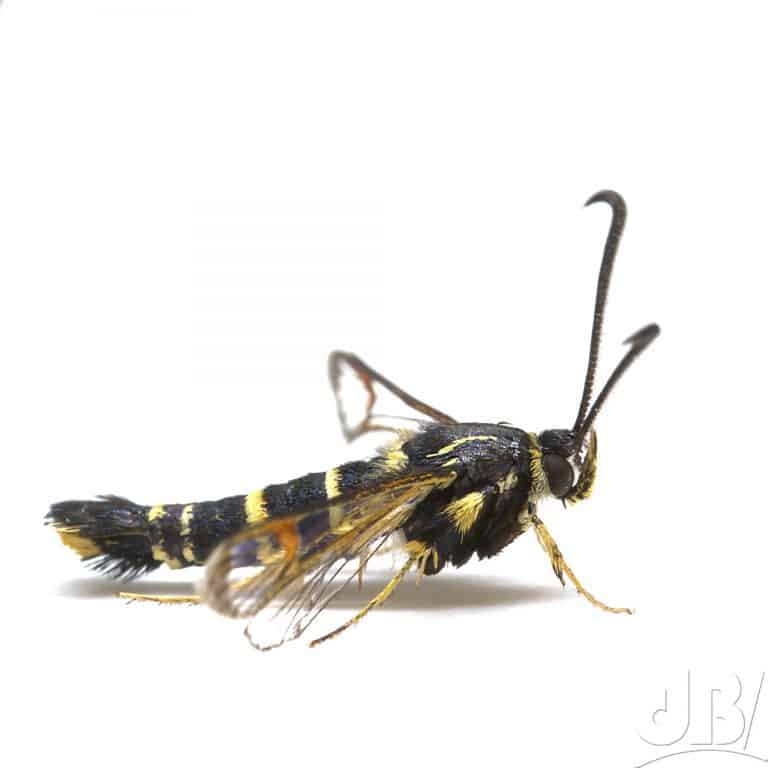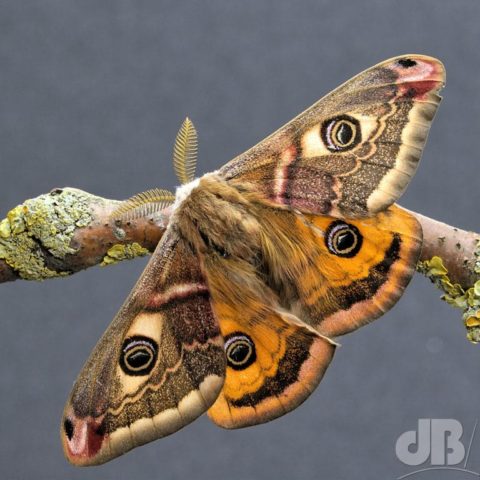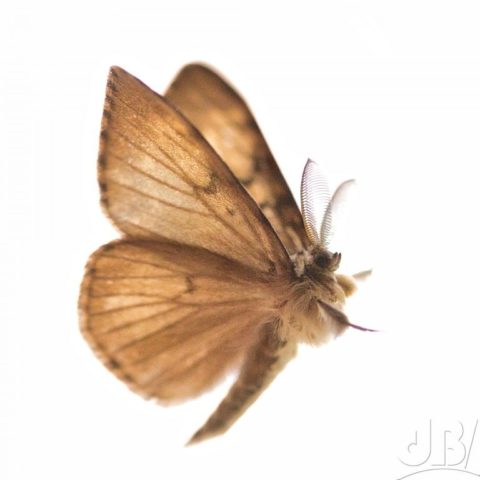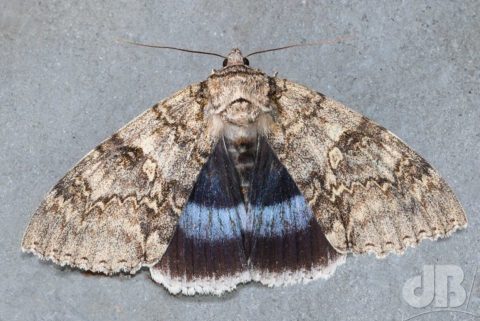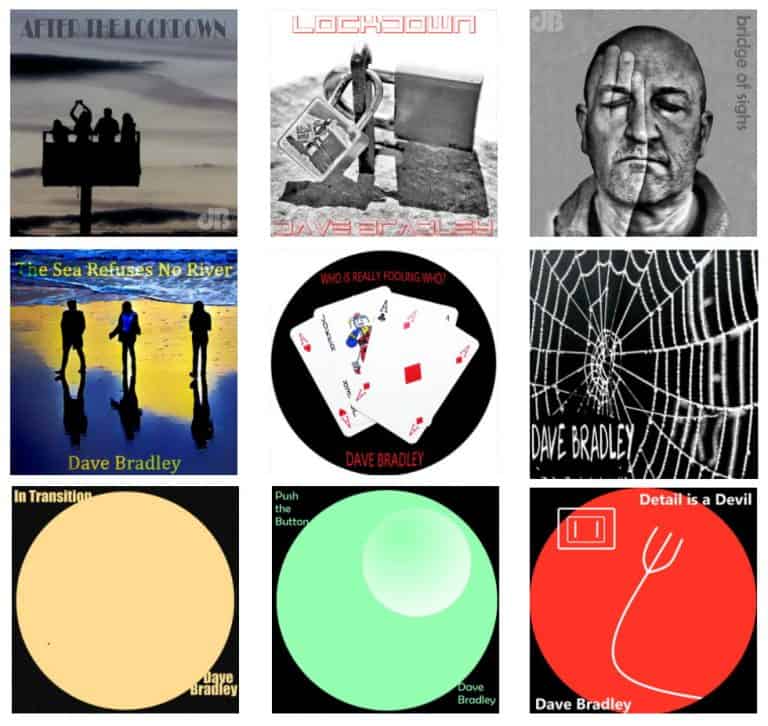There was a bit of a buzz in our local Dissenter’s Cemetery here in Cottenham. Cemetery trustee James Blunt got in touch to tell me a bit about it. Turns out hundreds if not thousands of apian non-conformists had turned up and were partying at the rear of the graveyard.
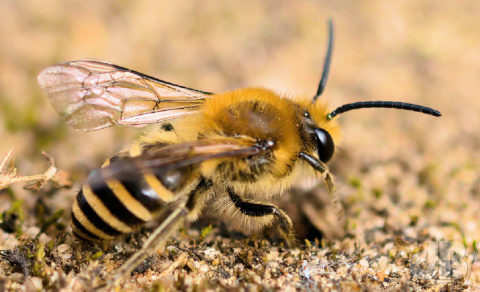
I met up with James mid-afternoon and he directed me to the patch where Ivy Miner Bees (Colletes hederae) were actively mating and laying eggs. The bee is pretty much harmless, a solitary, as opposed to social, species that regularly adopts quiet patches of ground to “mine” hundreds of holes. The holes being the repository for new life among the granite and graves. The bees are noisy and fast-moving, but not an aggressive insect, all buzz and no bite, you might say.
The species is a recent arrival to The British Isles, having been first noted by entomologists in 2001, it having arrived from the continental mainland. It has been spreading its wings ever since and mining a home for its eggs on these quiet patches usually where a steady supply of autumnal blossom on ivy plants is nearby.
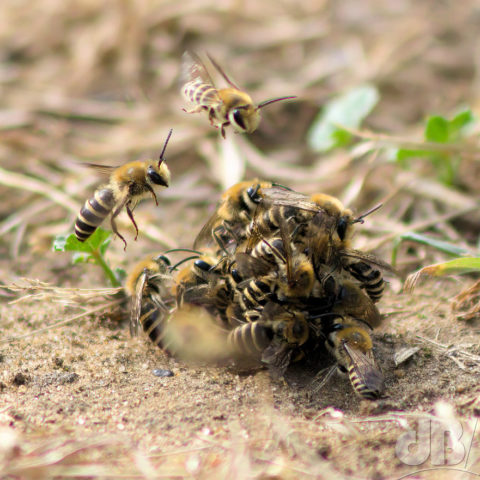
The Dissenters’ Cemetery as many residents might remember featured in an early episode of TV crime drama Silent Witness, which was originally set in and around Cambridge. Today, the cemetery’s gates, flanked famously by a huge pair of monkey puzzle trees welcomes all for long-term rest and respite. The site was established when Anglican burials of non-conformist parishioners was no longer possible. Back in the middle of the Victorian era. At the time, the Anglican priest was not allowed through the gates.
The Cemetery now welcomes mourners and other visitors who might in the spring and early summer notice the standing yellow spikes of mullein plants, the rare yellow-berried holly, and earlier still various species of snowdrops. At any time of year, they can puzzle over the meaning of life in the shadow of the trees and they might imagine the tragic tales of those who served in two World Wars who are buried here. Come the autumn, it is a small part of the apian world that might hold a visitor’s attention briefly. Life, as they say, will out…even among the graves.
